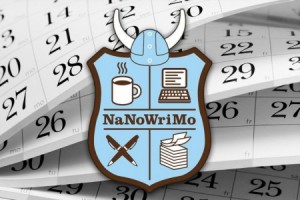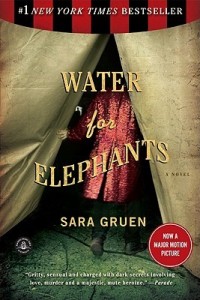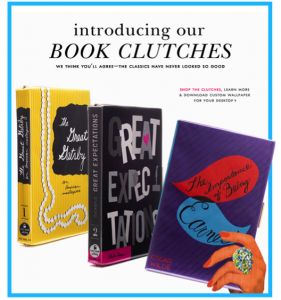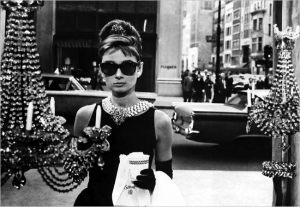I began this post after Thanksgiving dinner, when my brain was bursting at the seams with L-Tryptophan, and I realized I really needed to write this blog. “The Holiday Season” in general was on my mind, and I kept thinking about what books could be considered seasonal literature, or what books are traditionally read during the holidays.
I consider the #1 holiday classic to be Dickens’s A Christmas Carol. Though I would venture a guess that most of the population watches it in video form, the Muppets or otherwise (my favorite version is the one with George C. Scott), I know there are still some die hard fans out there who read the book each December. The classic message of kindness prevailing and the ability to change your fate along with some generally wholesome Dickens writing is enough to keep readers faithful. Dickens also wrote other holiday stories such as The Chimes, The Cricket on the Hearth, and The Battle of Life. Each of these contains the same theme of A Christmas Carol: a character having a change of heart. Dickens evidently ran with what he knew would be a hard hitting message for audiences.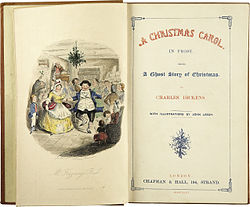
However, you then have the peculiar case of Christmas crime and mystery novels. I vividly remember my mother reading a book of short stories called Murder Merry, where all of the stories of course have to do with festive Christmas murders. There’s Shakespeare’s Christmas, by Charlaine Harris, where “Lily Bard attends her sister’s Christmas wedding and is shocked when she gets caught up in an unsolved kidnapping after discovering that her new brother-in-law’s daughter bears a striking resemblance to the missing child.” You could also read A Christmas Journey by Anne Perry, where “a peaceful Christmas party at an elegant English country house is interrupted by what seems a suicide, and Lady Vespasia turns investigator to determine the truth behind the puzzling death” (descriptions taken from here: http://www.winfield.lib.il.us/winfield/holidaywhodunits.html).
If Hanukkah is your celebration, try Festival of Death by Jane Haddam and Out of the Frying Pan, Into the Choir by Sharon Kahn, which are both Hanukkah mysteries—although, that category lacks as much breadth as the Christmas crime and whodunits.
Another subgenre of Holiday literature are the ever-popular children’s books. My parents still read me The Night Before Christmas (illustrated by Grandma Moses of course.) Some of my favorite books are the ones by Jan Brett, like The Mitten or Troubles with Trolls, which are delightfully illustrated, winter-themed, but with the added benefit of being non-denominational. The Polar Express, The Gift of the Magi (not necessarily a children’s book but I feel like it’s often read to them), How the Grinch Stole Christmas, Babar and Father Christmas, and Olive, the Other Reindeer are some books that we adults still enjoy today and help get us in the spirit!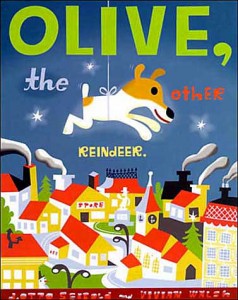
Lastly, you have the snarky holiday book. Holidays on Ice by David Sedaris and You Better Not Cry: Stories for Christmas by Augusten Burroughs are two of my favorites. The North Pole Employee Handbook: A Guide to Policies, Rules, Regulations and Daily Operations for the Worker at North Pole Industries by James Napoli looks promising, as does Christmas Letters from Hell: All the News We Hate from the People We Love, by Michael Lent. Sometimes you need a few laughs over the holidays to get over your shopping and family stresses.
Of course, this is completely subjective, and everyone has his or her own holiday favorites! I’d love to hear if there’s a book that never leaves your coffee table in December. Or if anyone thinks that “New Year’s Fiction” is an up-and-coming sub genre…

